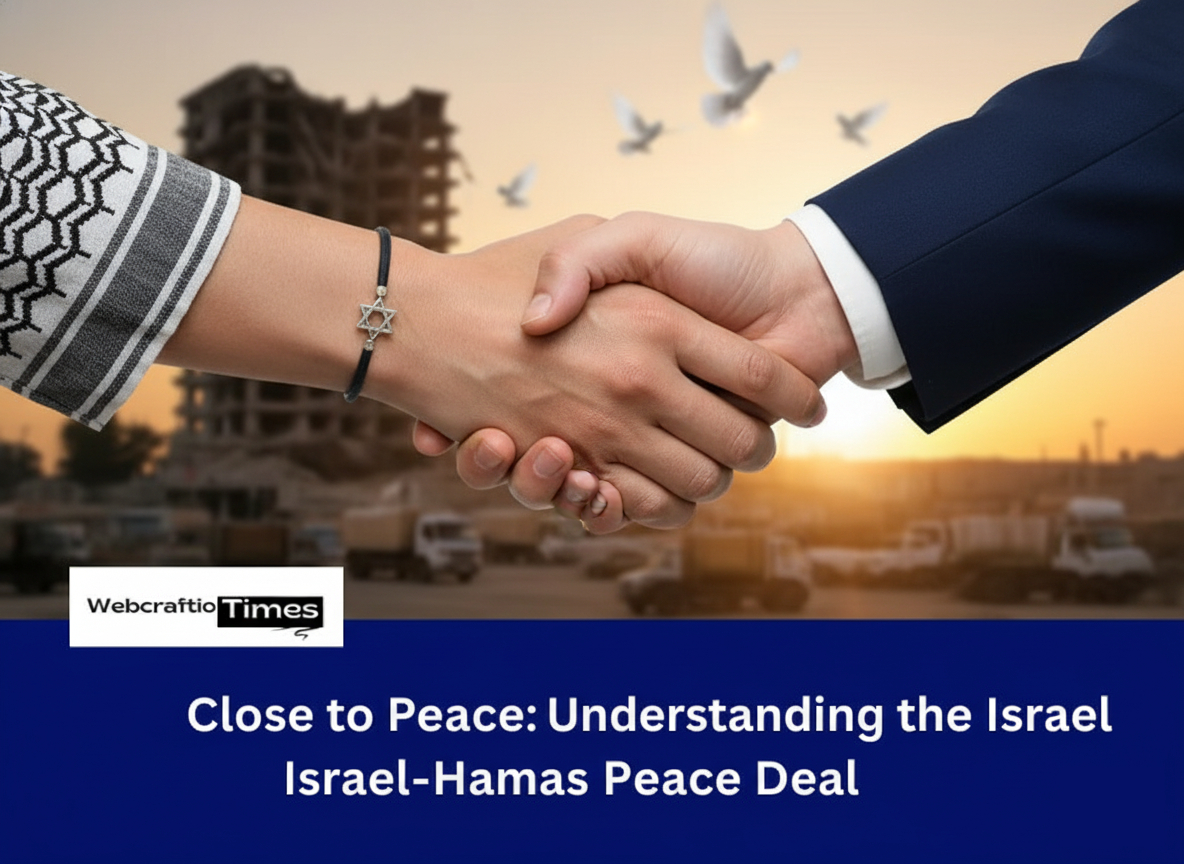Finally, the news is here for what everyone was waiting for: a ceasefire agreement between Israel and Hamas. After so much war for a long time, now we finally see a hope for peace in Gaza. This will have a positive effect on the whole region’s safety. In this article, we will look at the Israel-Hamas Peace Deal and understand what results it will bring.
What’s Happening? A Major Peace Deal Reached
Mediators have agreed to the first phase of a peace agreement between Israel and Hamas, marking a major diplomatic victory. This is a comprehensive agreement that aims to put an end to the devastating war in Gaza, facilitate the release of hostages and prisoners, and provide much-needed humanitarian relief. It is not merely a temporary stopgap.
Important international players made the announcement. Along with crucial mediation efforts from Qatar, Egypt, and Turkey, U.S. President Donald Trump confirmed the breakthrough. Behind the scenes, these countries have been putting in a lot of effort to heal the division and find a solution.
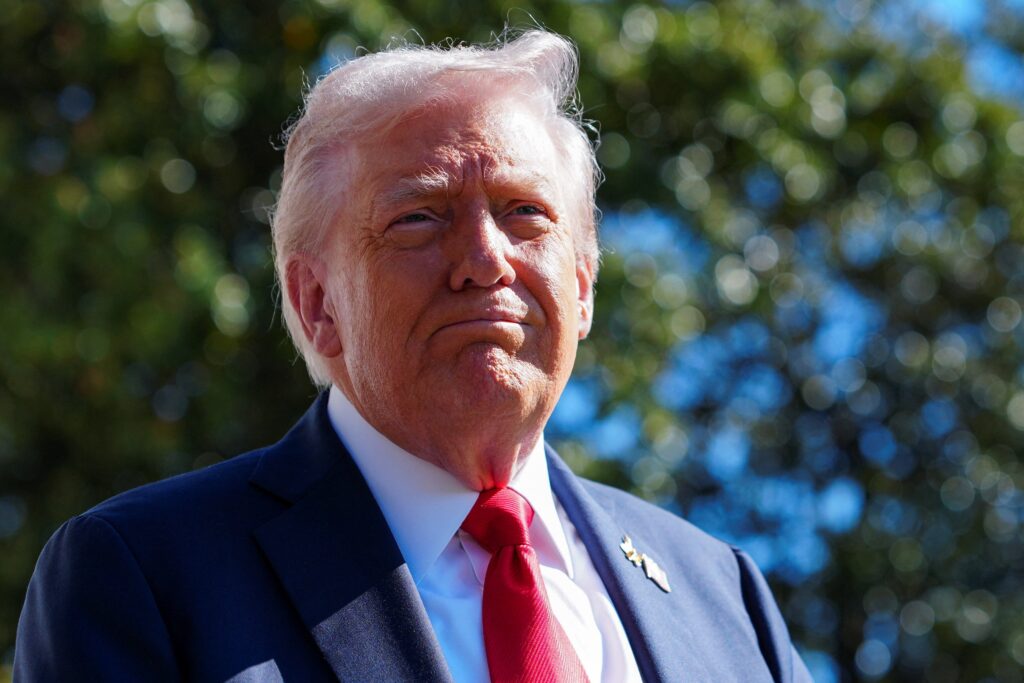
What does this Israel-Hamas Peace Deal include?
Understanding the main elements of the Israel-Hamas Peace Deal is important:
1. Hostage and Prisoner Exchange: Bringing People Home
This step is one of the important step of this deal. In this step, both Israel and Hamas will exchange hostages with each other. As we know, Israel has many Palestinian prisoners, and Hamas also has hostages..
Read More : Israel Hamas Talks in Egypt: Understanding Hamas’s Demands in the Gaza Peace Talks
- Hamas will release all remaining Israeli hostages.
This is a paramount demand from Israel and a source of immense anguish for the families of those captured. The number of hostages still held has been a constant focus, and their release is a primary goal of this agreement.
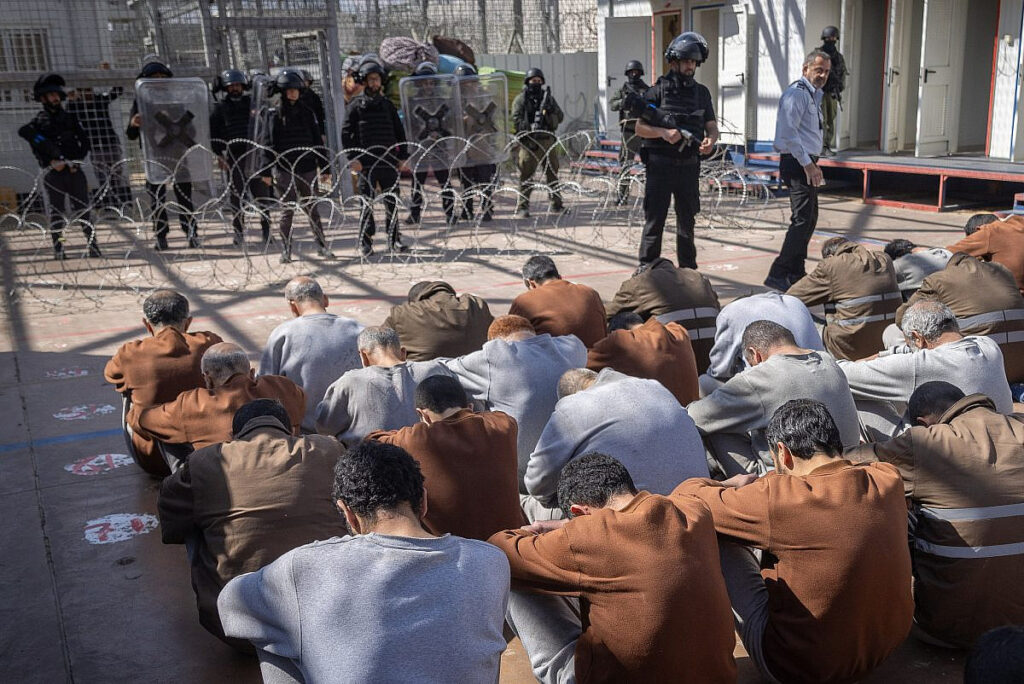
- Israel will release nearly 2,000 Palestinian prisoners.
In exchange for the Israeli hostages, a significant number of Palestinian prisoners currently held by Israel will be freed. This has been a key demand from Hamas and the Palestinian population.
Sources within Hamas have indicated that this exchange of living hostages and a larger group of prisoners is expected to happen quickly – potentially within 72 hours of the deal being fully put into action. This rapid timeline highlights the urgency and the commitment from both sides to implement this critical swap.
2. End to the War and Israeli Withdrawal: Stepping Back from Conflict
Beyond the immediate exchange of people, the deal aims to fundamentally alter the situation on the ground in Gaza.
- An end to the war in Gaza.
This is the overarching goal of the agreement. The ceaseless bombardment and ground operations have had a catastrophic impact on the civilian population and infrastructure in Gaza. A full cessation of hostilities is vital for recovery and stability.
- Withdrawal of Israeli forces.
The agreement provides for Israeli forces to pull back from their current positions in Gaza to an “agreed-upon line.” This withdrawal is a significant step towards de-escalation and restoring a semblance of normal life for Gazans.
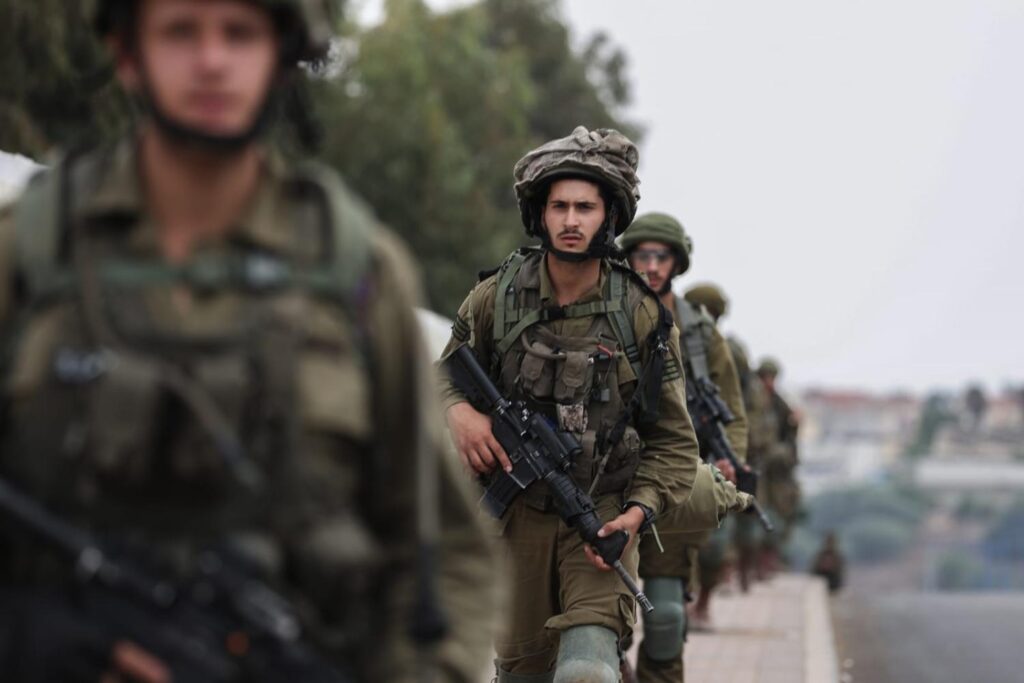
- Entry of humanitarian aid.
Gaza has been facing a dire humanitarian crisis, with shortages of food, water, medicine, and fuel. A critical part of this deal is to allow a much-needed increase in the flow of humanitarian aid into the strip. This aid is essential to prevent further suffering and allow relief organizations to operate effectively.
The Israeli cabinet is expected to convene soon to officially approve this deal, paving the way for its implementation.
Why Now? The Path to This Agreement
Reaching such a complex agreement is never easy, especially after months of intense fighting. Several factors likely contributed to the timing and success of these negotiations:
- International Pressure:
The global community has been increasingly vocal about the need for a ceasefire, driven by the escalating humanitarian crisis and the rising death toll.
- Mediation Efforts:
We cannot overstate the tireless work of Qatar, Egypt, and Turkey. These nations have maintained channels of communication with both sides and have been instrumental in bridging trust gaps and facilitating discussions.
- Internal Pressures:
Both Israel and Hamas have faced internal pressures. In Israel, families of hostages have been campaigning relentlessly for their release. In Gaza, the civilian population has endured unimaginable hardships, making a ceasefire an urgent necessity.
Read This : Israel Intercepts Global Sumud Flotilla, Detains Hundreds of Activists
- Strategic Calculations:
Both sides likely weighed the costs and benefits of continuing the conflict versus reaching an agreement. The prospect of achieving core objectives (hostage release for Israel, prisoner release and ceasefire for Hamas) through negotiation became more appealing.
What Happens Next? The Road Ahead
While the agreement on the first phase is a monumental step, the journey to lasting peace is complex and will require continuous effort.
Implementation Challenges
Even with an agreement, implementation can be challenging. There are always details we must work out, and trust remains fragile. The rapid timeline for the hostage and prisoner exchange suggests a strong commitment, but monitoring and verification will be crucial.
Addressing the Humanitarian Crisis
The immediate priority will be to dramatically scale up humanitarian aid into Gaza. Organizations like the UN and various NGOs will need unimpeded access to deliver essential supplies and begin the long process of rebuilding. This includes providing shelter, medical care, and food to hundreds of thousands of displaced people.
Long-Term Prospects: Beyond Phase One
Officials describe this agreement as the “first phase” Israel Hamas peace plan. This suggests that negotiators will need to address deeper, more complex issues to achieve a durable peace. These could include:
- Long-term governance of Gaza: What will the political future of Gaza look like?
- Reconstruction efforts: The scale of destruction in Gaza is immense, and a massive international effort will be needed for reconstruction.
- Security arrangements: How will the long-term security concerns of both Israelis and Palestinians be addressed?
- The broader Israeli-Palestinian conflict: This ceasefire, while significant, is part of a much larger, decades-long conflict. A lasting peace will require addressing core issues of land, borders, and political rights.
A Light of Hope in the Darkness
The announcement of this ceasefire agreement is a moment of cautious optimism. It offers a much-needed respite from the violence and a chance for families to be reunited.
While the path ahead remains uncertain and fraught with challenges, this agreement represents a critical step away from conflict and towards the possibility of a more stable and peaceful future for all those affected by this long-standing struggle.
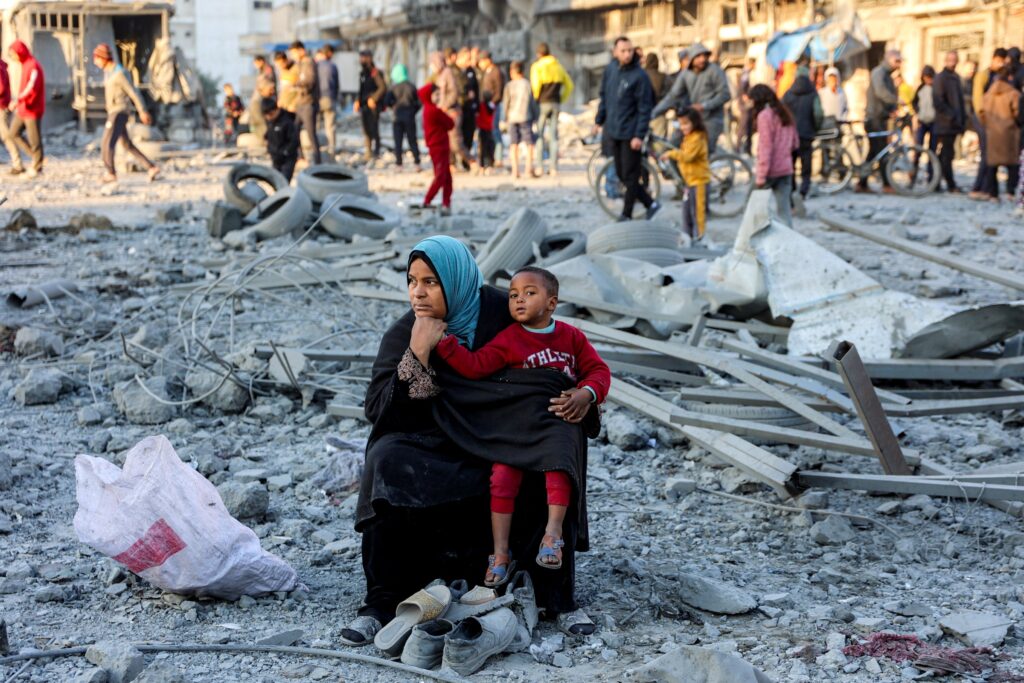
For the international community, it underscores the importance of continued diplomatic engagement and humanitarian support. For the people of the region, it is a testament to the enduring human desire for peace and the hope that even in the darkest of times, a glimmer of light can emerge.
Frequently Asked Questions
1. What is the biggest part of this ceasefire agreement?
The biggest part is the hostage and prisoner exchange. Hamas will release all remaining Israeli hostages in exchange for the release of nearly 2,000 Palestinian prisoners held by Israel.
2. When will the people be released?
Sources from Hamas and mediators indicate that the exchange of living hostages and prisoners is expected to happen very quickly, potentially within 72 hours of the deal being formally put into action.
3. Is this a permanent end to the war in Gaza?
The agreement covers the first phase of a peace plan and includes a comprehensive ceasefire and Israeli withdrawal to an agreed-upon line. While the goal is a “Strong, Durable, and Everlasting Peace,” further negotiations will be needed to secure a truly permanent and long-term resolution.
4. What else is included in the first phase of the deal?
Besides the exchange, the first phase includes an end to all fighting, the withdrawal of Israeli forces from current positions, and a massive increase in humanitarian aid into the Gaza Strip.
5. Which countries helped make this deal happen?
The deal was achieved through intense diplomatic efforts and indirect talks mediated by the United States, Qatar, Egypt, and Turkey.

